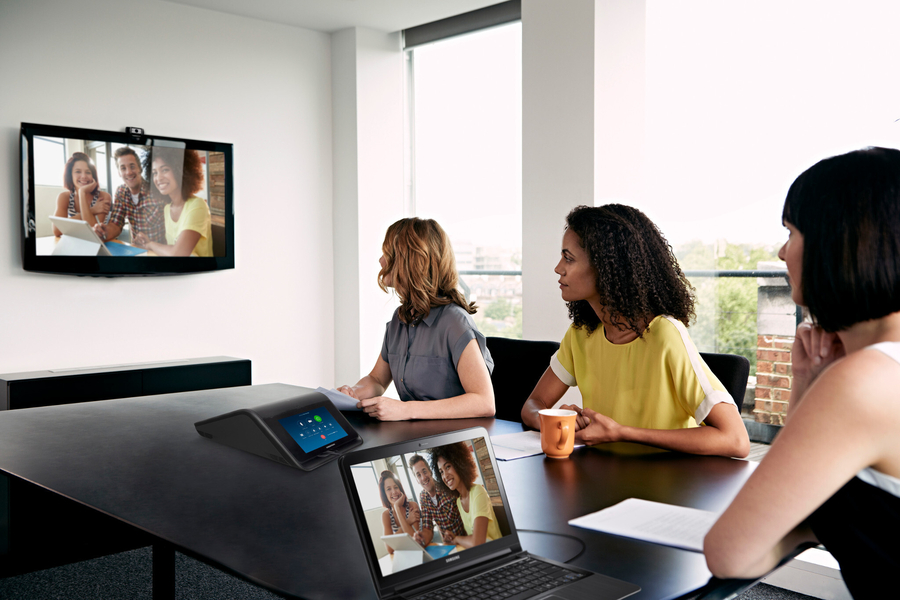
No Simple Feat: Unified Communications in Conference Rooms
Why Bringing UC to the Conference Room Is a Challenge (But Entirely Worth It)
We all want to make the workday simpler and less chaotic, don’t we? Yet, with too many communication tools, people become confused about when and how to use each.
That’s why unified communications solutions are so beneficial to modern companies. UC creates a seamless flow through all layers of communication, from chat to email to audio and video calls. With a consistent user interface on every device, people can confidently access everything they need, whether they’re at their desks, on their phones, or in the conference room.
But while it’s easy enough to access a unified communications platform on a single device like a laptop or desktop computer, it’s a whole other challenge to outfit UC on fifty or so devices in conference rooms. Why? We’ll explain the process below and how we can solve any issues.
SEE ALSO: Crestron Flex: A Unified Communications Solution for Every Space
The Challenge of UC in Conference Rooms
One of the major benefits of conference room unified communications is keeping the familiar, streamlined interface across all devices. But for that to work in a conference room system requires a lot of automation and programming in the back end.
And why is that? Imagine you want to use cameras and microphones in Zoom or Teams calls with a gallery view. It’s not as simple as connecting the camera to the system and pressing “play.”
We need to create camera presets, auto-tracking, auto-framing, and other automations, so the videoconference experience makes sense visually and audibly. The display needs to be told how to behave, depending on the number of devices actively connected and the number of participants. In order to perform accurately, automation must be done with intention.
The Recipe for Success
To create a successful conference room with unified communications, we need three things:
- A good design that accommodates all departments that will be using the rooms
- System integration to automate all necessary devices
- Remote management monitoring to ensure everything works and stays consistent
Working with an integrator will seamlessly integrate your conference rooms into the UC system. And you can relax even if something breaks down because remote monitoring services ensure someone can locate the problem and troubleshoot it in no time.
How an Integrator Helps
Think of unified communication systems like synchronized swimmers. Above the water, the choreography may look smooth and graceful. But below water, there’s a lot of kicking and hard work happening!
To maintain a simplified UC interface across all your room’s equipment, you need the programming of an experienced integrator that can connect all the pieces.
If you’d like to learn more about unified communication solutions, conference room automation, and remote management, contact Level 3 Audiovisual. We provide services to businesses in Phoenix, AZ, and nationwide. We look forward to working with you!

